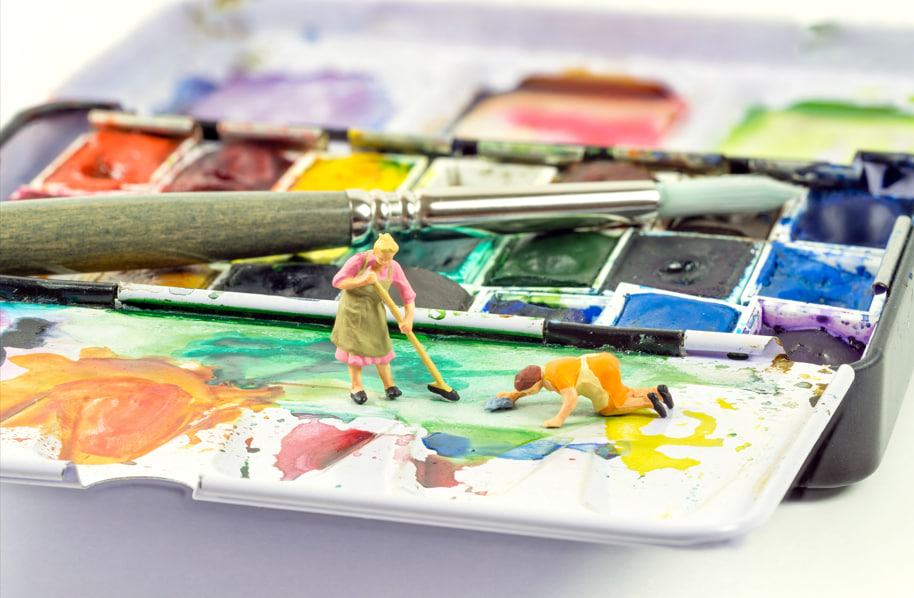Introduction:
Watercolor flowers are a popular subject for artists of all levels, offering an opportunity to explore the fluidity and transparency of the medium. Whether you’re new to watercolor or have some experience, this step-by-step tutorial will guide you through the process of painting a simple yet beautiful flower. With a few basic techniques and a bit of practice, you’ll be able to create your own vibrant watercolor blooms.
Step-by-Step Tutorial:
- Sketch the Flower:
Start by lightly sketching the outline of your flower using a pencil. Choose a simple flower shape, such as a daisy or a rose. Keep the lines light so they don’t interfere with the final painting. Focus on the basic structure of the petals and the stem. - Base Layer of Color:
Once your sketch is in place, start by applying a light wash of color to the petals. Use a wet-on-wet technique, where you wet the paper with clean water before applying the paint. This will allow the paint to flow and blend smoothly, giving the flower a soft, delicate look. For example, use a pale pink or yellow for a soft flower color. - Adding Details:
After the base layer is dry, start adding darker colors to create depth and texture. For the petals, use a darker shade of the same color you applied earlier, and add shadows along the edges or where the petals overlap. Use a small brush to paint fine details like veins on the petals. This step helps bring dimension to your flower. - Finishing Touches:
Once the flower is complete, add some greenery. Paint the stems and leaves using a different shade of green. To make the flower pop, add some background washes with soft pastel colors, such as light blue or lavender, to give the flower a sense of depth and contrast. Don’t forget to let each layer dry before adding new ones for cleaner results.
Tips for Success:
- Experiment with different flower shapes to build your skills. Try daisies, roses, or tulips to practice various petal structures and colors.
- Use contrasting colors to make the flowers stand out, such as pairing a warm-toned flower with a cooler background.
- Practice your brush control. Watercolor requires a light touch, especially for creating smooth washes and fine details.
Conclusion:
With practice, you’ll be able to master painting watercolor flowers. Start with simple shapes and gradually move on to more complex blooms as you gain confidence. Watercolor flowers can bring beauty and lightness to any painting, and you’ll have fun experimenting with different colors, textures, and techniques to make your flowers truly come to life!

